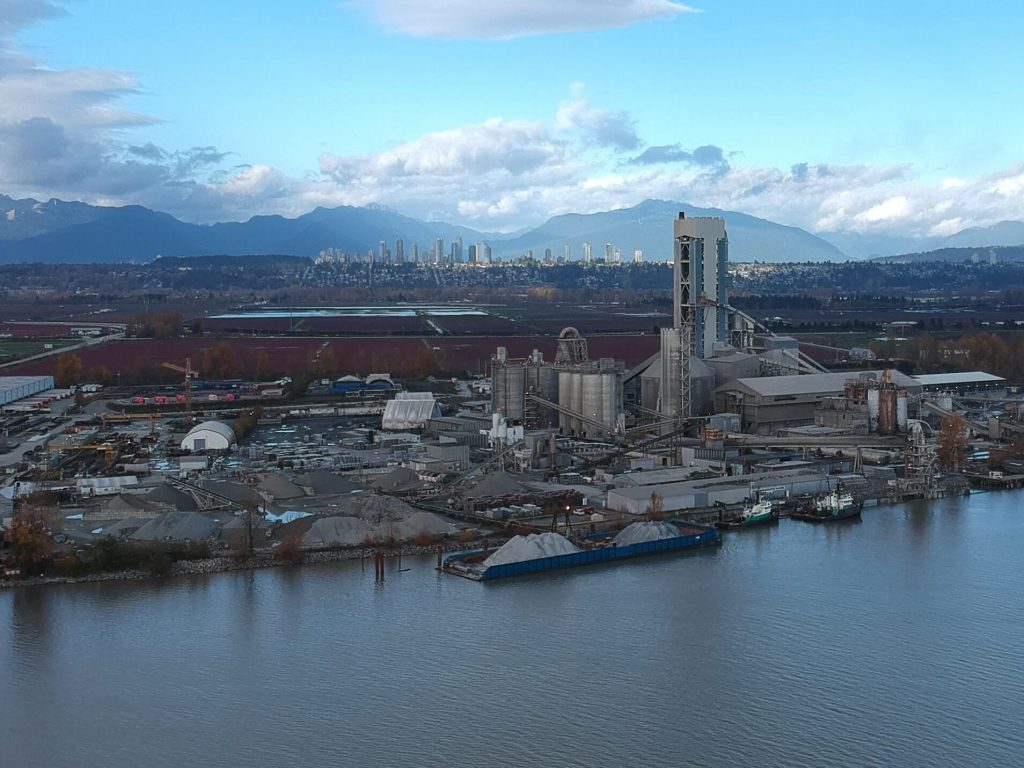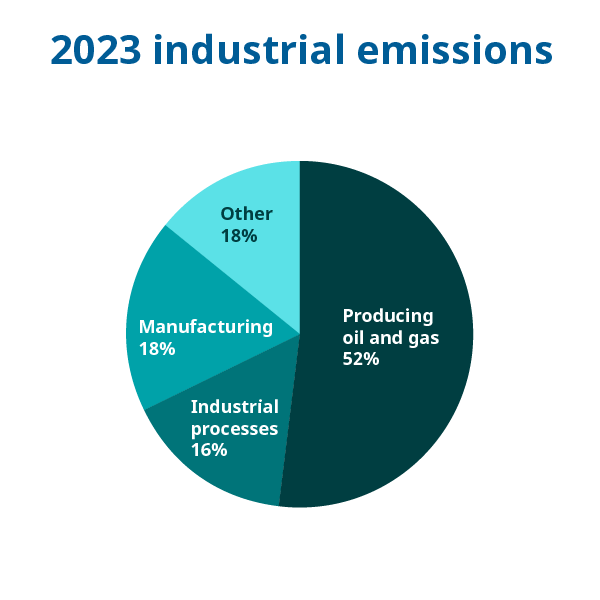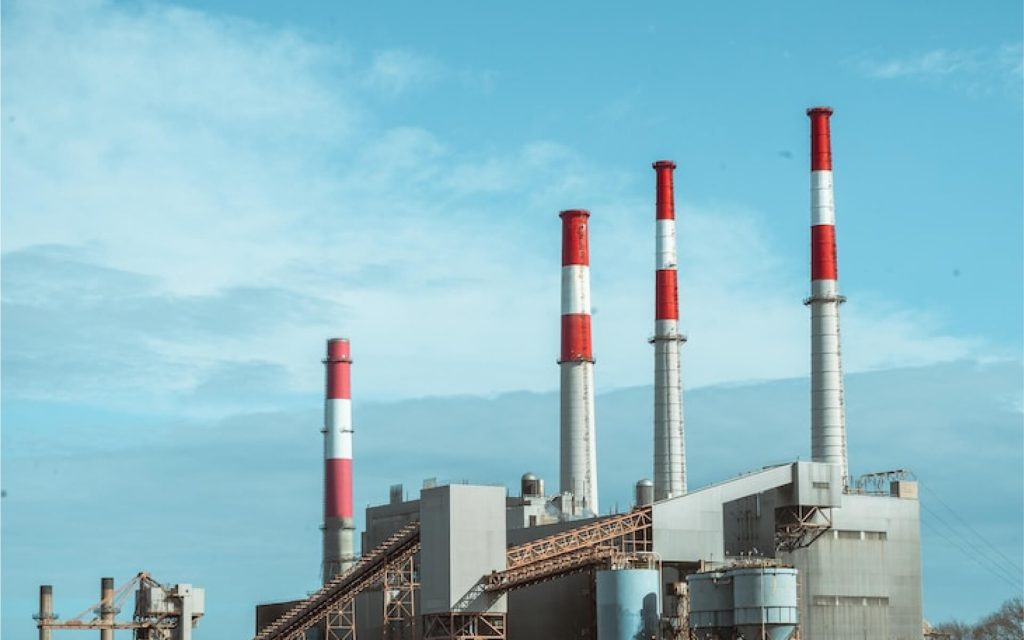Industry’s role in climate action
Industries in B.C. benefit from a wealth of natural resources. This allows us to:
- Mine minerals used in electronics and manufacturing
- Power the hot fires needed to extract and refine metal
- Make wood products, such as building lumber, pulp, and paper
- Make glass, cement and other building materials
We still use fossil fuels for many industrial processes. Our industries are making progress in using clean, renewable energy and innovative technology already and there is more to do.

Tracking industrial emissions

Industry and B.C.’s total pollution
Industry accounted for 37% of greenhouse gas (GHG) emissions in B.C. in 2023.
- 19% from oil and gas emissions
- 18% from other industries
This does not include:
- Off-road vehicles: Emissions caused by off-road vehicles like mining trucks and tractors are included in B.C.’s transportation emissions totals.
- Buildings: Energy used to heat buildings is included in B.C.’s building emissions totals. By 2030, all new buildings in B.C. will be required to have zero emissions.
- Farms: Farming and food production are also sources of greenhouse gases. Energy usage on farms is included in B.C.’s agricultural emissions totals.
Reporting industrial climate emissions
Any industrial operation in B.C. that emits more than 10,000 tonnes of carbon dioxide (CO2) each year must report their emissions to the Province. This data is made public in the BC Industrial GHG Public Report.
In 2023, producing oil and gas in B.C. caused 52% of our industrial greenhouse gas emissions. Other industries combined made up the remainder:
- 18% manufacturing industries
- 16% industrial processes and product use
- 18% other industry

Our path to cleaner industry
We have set targets to reduce industrial emissions by 2030:
- Oil and gas: 33-38% below 2007 levels
- Other industry: 38-43% below 2007 levels
By 2030, we have also committed to:
- Reducing pollution from using fossil fuel natural gas to 47% below 2007 levels
- Reducing methane emissions from oil and gas production to 75% below 2014 levels
- Cleaning up 100% of unused and abandoned oil and gas wells
- Ending B.C.’s biggest oil and gas subsidy program
Putting a price on emissions
Putting a price on emissions is one of the most effective and economical ways to reduce emissions and encourage innovation. B.C.’s industrial carbon pricing system is an output-based pricing system (OBPS). The B.C. OBPS follows the federal model for carbon pollution pricing and meets federal minimum requirements.
The B.C. OBPS encourages industrial emitters to reduce their emissions. An established limit determines how much they can emit. Industrial facilities will pay for any portion of their emissions above this limit instead of paying carbon tax on fuels they buy.

B.C. is taking action
Explore how we’re working with industries and supporting the transition to cleaner energy sources.
-
Capturing carbon dioxide from industry and storing it underground
We’ve updated and clarified the regulations about carbon capture and storage (CCS). In CCS, carbon dioxide from industrial facilities is captured and stored permanently, deep underground.
-
Incentivizing cleaner industry
We’re creating a made-in-B.C. price incentive for industrial emitters to reduce their greenhouse gas emissions.
-
Making producers responsible for more products and packaging
We’re increasing producer responsibility for waste recovery and recycling.




